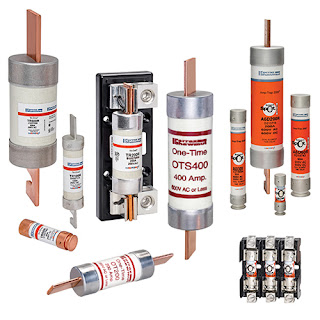Steam Traps Save Costs for Healthcare Company
A healthcare company dealing with bioscience, medication delivery and renal products is saving GBP36,000 a year in energy costs after installing steam traps from Thermal Energy International. The company has installed 85 Thermal Energy International's Gemo steam traps at one of its process plants, achieving a 20 per cent energy saving in 18 months. Having installed Gemo venturi steam traps at another of its European sites, the company asked Thermal Energy International to conduct a survey of its mechanical traps, which were regularly failing open, partly open and closed.
The report from Thermal Energy International showed that approximately 20 per cent of the steam traps on the site were failing open, resulting in 7,568 tonnes of steam being lost each year at a cost of GBP36,000. This was increasing energy and maintenance costs, reducing production time and having an environmental impact by creating 1,067 tonnes of CO2 emissions each year. Thermal Energy International explained that by replacing the existing traps with the Gemo venturi orifice design, blocked steam traps could be prevented from impacting on production.
By efficiently returning condensate back to the boilers, energy savings would be achieved. During the following 12 months, all 85 mechanical traps were replaced with appropriately sized Gemo steam traps. Instead of utilising a valve mechanism to close off steam for maximum energy and water conservation, the efficient Gemo steam traps use the venturi orifice design to effectively drain condensate from the steam system. As the Gemo steam traps have no moving parts to wedge open or fail, it provides high reliability and needs only minimal maintenance.
The steam traps require no spares, testing or monitoring equipment. The Gemo steam traps are available in a range of sizes for a full cross-section of applications. They are manufactured from corrosion-resistant stainless steel and are guaranteed for 10 years, obviating the need for repair or replacement. The Gemo steam traps are said to provide fast payback from reduced energy costs and increased equipment reliability die to a reduction in damaging condensate in steam systems. In addition it improves product processing by enhancing the quality of steam and also reduces equipment repairs, downtime and replacement costs.
The report from Thermal Energy International showed that approximately 20 per cent of the steam traps on the site were failing open, resulting in 7,568 tonnes of steam being lost each year at a cost of GBP36,000. This was increasing energy and maintenance costs, reducing production time and having an environmental impact by creating 1,067 tonnes of CO2 emissions each year. Thermal Energy International explained that by replacing the existing traps with the Gemo venturi orifice design, blocked steam traps could be prevented from impacting on production.
By efficiently returning condensate back to the boilers, energy savings would be achieved. During the following 12 months, all 85 mechanical traps were replaced with appropriately sized Gemo steam traps. Instead of utilising a valve mechanism to close off steam for maximum energy and water conservation, the efficient Gemo steam traps use the venturi orifice design to effectively drain condensate from the steam system. As the Gemo steam traps have no moving parts to wedge open or fail, it provides high reliability and needs only minimal maintenance.
The steam traps require no spares, testing or monitoring equipment. The Gemo steam traps are available in a range of sizes for a full cross-section of applications. They are manufactured from corrosion-resistant stainless steel and are guaranteed for 10 years, obviating the need for repair or replacement. The Gemo steam traps are said to provide fast payback from reduced energy costs and increased equipment reliability die to a reduction in damaging condensate in steam systems. In addition it improves product processing by enhancing the quality of steam and also reduces equipment repairs, downtime and replacement costs.


Comments